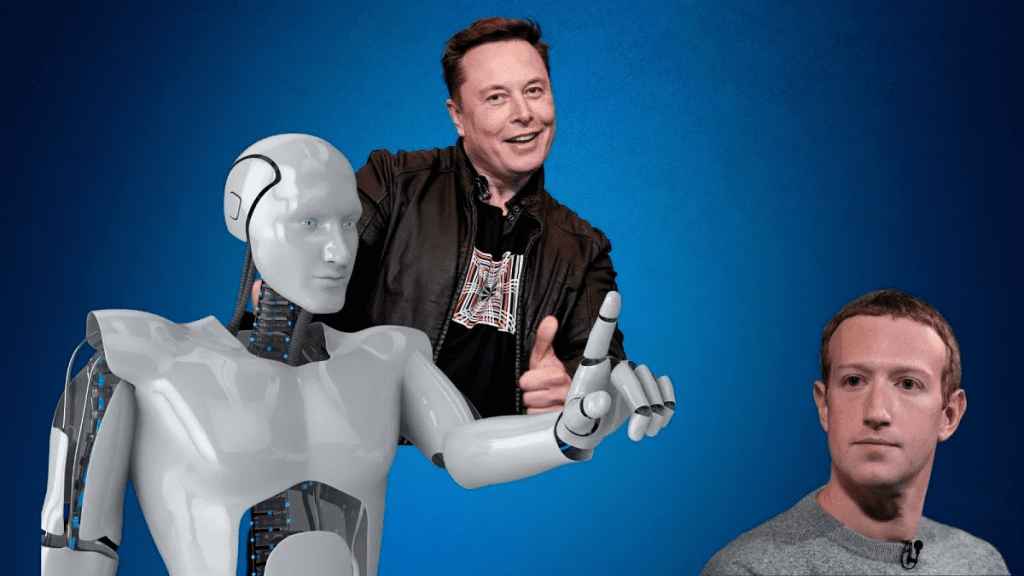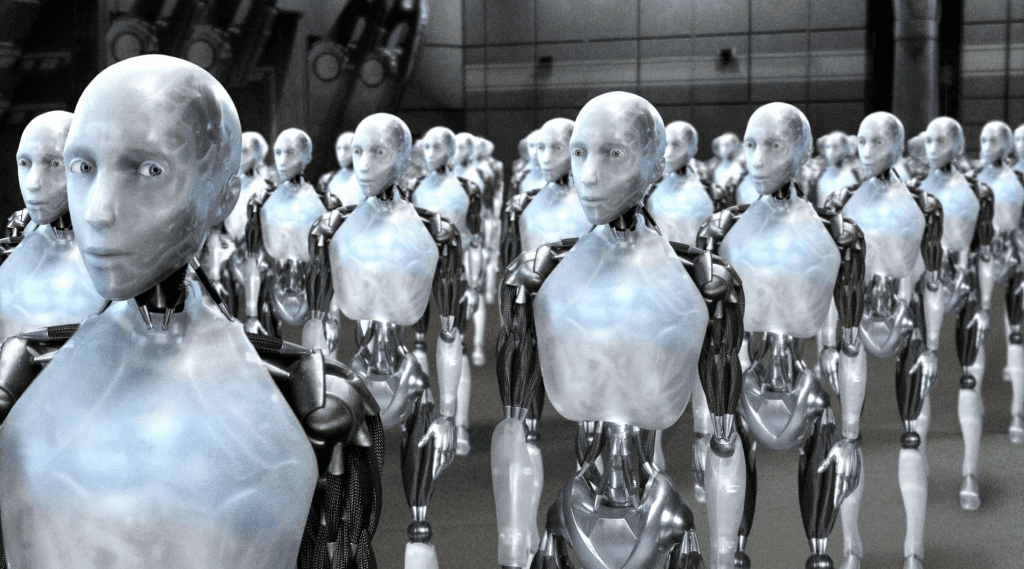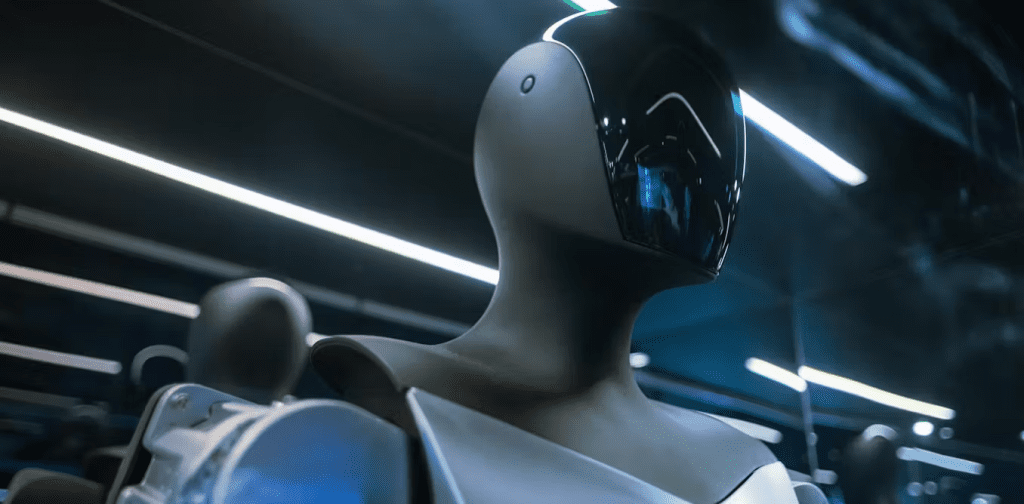
In a move that promises to reshape the future of robotics and human interaction, Elon Musk has unveiled his latest ambitious project: a new humanoid robot, developed by his company Tesla. With an estimated cost of over $10 billion, this breakthrough represents a bold step forward in the quest to create robots that can perform a wide range of tasks, from manual labor to complex problem-solving.Musk’s vision for the humanoid robot is not only to improve productivity and efficiency in industries around the world but also to transform how people live and work on a daily basis. This development is poised to have significant implications across numerous sectors, including manufacturing, healthcare, logistics, and even personal assistance.
Elon Musk, already known for his groundbreaking work in the electric vehicle and space industries with Tesla and SpaceX, is now venturing into the world of robotics with the introduction of a humanoid robot. This project marks a significant shift in Musk’s approach to technological innovation. It brings to life his long-held belief in the transformative power of automation and artificial intelligence, aiming to create a machine capable of performing human-like tasks with precision, autonomy, and adaptability. As with all of Musk’s ventures, the development of this humanoid robot represents both an enormous challenge and a potential world-changing achievement.
The robot, named “Optimus,” is designed to do much more than simple automation. Musk envisions it handling a wide range of tasks traditionally performed by humans, from factory labor to household chores. His ultimate goal is to create a world where humanoid robots work alongside humans, taking on repetitive or physically demanding jobs, allowing people to focus on more creative, strategic, and rewarding work.
Optimus is seen as a solution to the labor shortages many industries are facing. As the global population ages and labor forces shrink in developed nations, the need for robotic assistance is becoming increasingly urgent. In this context, Optimus could be a game-changer for sectors such as manufacturing, agriculture, and logistics, where automation can ease labor shortages and boost productivity.
The robot is designed with cutting-edge technology, including a range of sensors, actuators, and AI systems that allow it to interact with and adapt to its environment. Tesla’s expertise in AI and machine learning, honed through its work on autonomous vehicles, is being utilized to ensure Optimus can navigate complex environments, recognize objects, and understand human instructions with minimal supervision.
Optimus is not just a simple robot; it is a sophisticated integration of the latest in AI, robotics, and human-like design. Standing approximately 5’8″ tall, the robot is built with human proportions and is capable of walking, lifting objects, and performing a variety of tasks that humans can do. Its body is equipped with actuators and motors that enable it to move fluidly and mimic human movements as closely as possible.
At the core of Optimus’s functionality is its AI system, which is powered by a neural network that helps the robot understand its environment and make decisions. This system allows Optimus to learn from experience and improve over time, adapting to new tasks and challenges. The robot is equipped with a variety of sensors, including cameras and lidar, which provide it with a 360-degree view of its surroundings. This sensory input is processed by the neural network, allowing Optimus to navigate complex environments and interact with objects safely and efficiently.
One of Optimus’s key features is its ability to perform tasks autonomously. Unlike previous robots that required constant human oversight, Optimus is designed to work independently for long periods, whether it’s assembling products in a factory, delivering goods in a warehouse, or helping with household chores. The robot can handle these tasks with minimal human input.
Tesla has also prioritized making Optimus user-friendly. It can be controlled through a simple interface, enabling users to program specific tasks or adjust the robot’s behavior to suit their needs. This flexibility sets Optimus apart from other robotic systems currently on the market.

The development of Optimus is an ambitious and expensive undertaking. Tesla has committed over $10 billion to the project, which will cover research, development, production, and scaling manufacturing to produce the robots at a large scale. While the cost may seem steep, Musk believes the investment will pay off in the long term, as Optimus could drastically reduce labor costs across various industries, leading to greater efficiency and cost savings.
For instance, in manufacturing, Optimus could help lower labor costs while boosting production rates and improving quality control. In healthcare, the robot could assist with elderly care and physical therapy, relieving pressure on human workers and enhancing patient care.
Tesla aims to gradually increase production over the next few years, with hopes that Optimus could eventually be available to consumers, not just businesses. The potential applications for such robots are vast, from household assistants to care providers for the elderly, and the demand for automation in industries like manufacturing and logistics is expected to grow rapidly.

However, there are challenges ahead. The high cost of Optimus may be a significant barrier for many businesses, particularly small and medium-sized enterprises, which may find it difficult to justify such a large investment. As Tesla works to scale production and lower costs, the company must ensure that the robots provide a clear return on investment for customers.
Ensuring the safety and reliability of Optimus is also crucial. Given the complex tasks it’s designed to perform, the robot must operate without posing risks to humans or the environment. Tesla has invested heavily in safety, but as with any new technology, there will be hurdles as Optimus is integrated into real-world environments.
Ethical concerns also surround the widespread adoption of humanoid robots. As automation increases, many fear the potential displacement of human workers, particularly in sectors where robots could easily replace people. Musk’s goal with Optimus is to complement human labor, not replace it, but the broader impact of automation on the workforce will need to be addressed as robots become more capable of handling tasks once reserved for humans.

The launch of Optimus marks the beginning of a new era in robotics and AI. As Tesla continues to refine the robot, it could help pave the way for a future where robots play an essential role in both the workplace and the home. While there are many obstacles to overcome, the potential for humanoid robots to revolutionize industries, improve lives, and create new economic opportunities is enormous.
For Musk, Optimus is another example of his commitment to taking on ambitious projects that have the potential to change the world, much like Tesla’s electric vehicles and SpaceX’s reusable rockets. Once again, he is pushing the boundaries of what is possible in technology.


